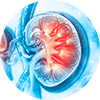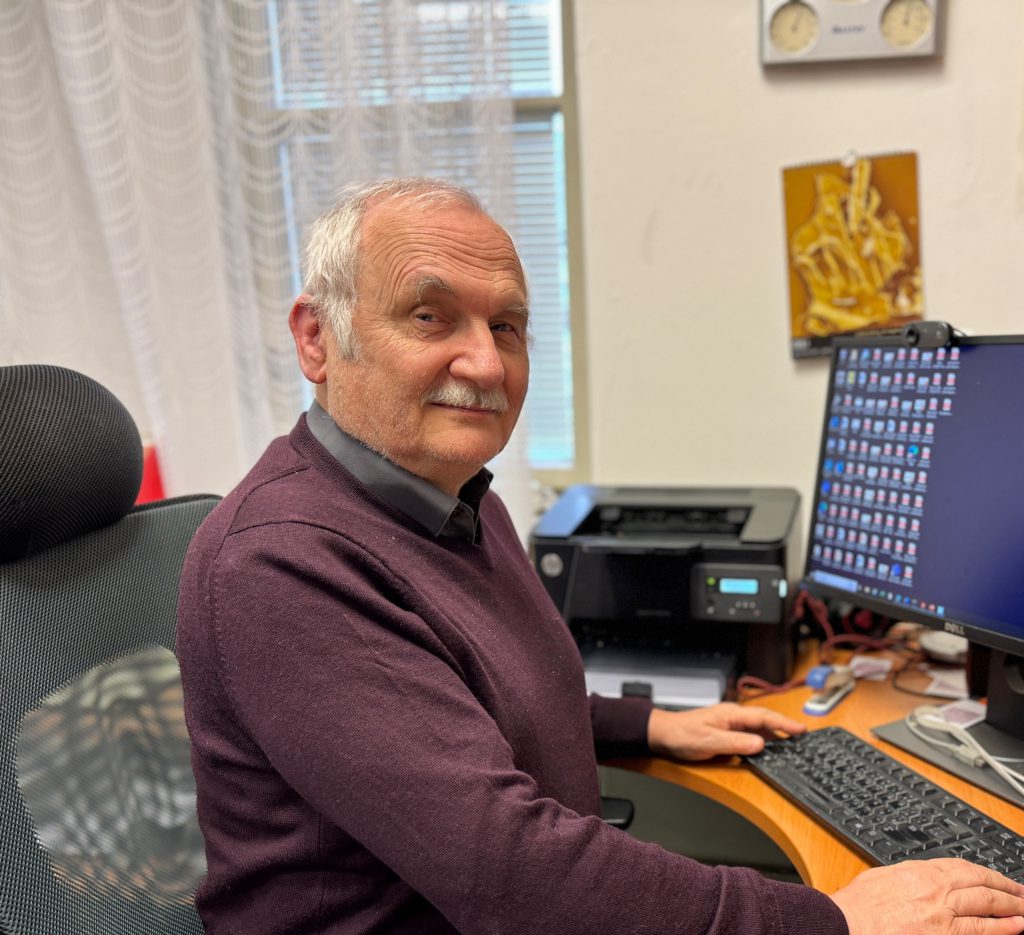The Nephrology Clinic celebrates 20 years!

The Nephrology Clinic of the 1st Faculty of Medicine, UK and VFN is celebrating its twentieth anniversary. It is one of three independent nephrology centers in the Czech Republic. Nephrology has risen from a neglected field to a recent significant expansion of treatment options due to a number of successful clinical trials. Our nephrology clinic also participated in them. Did you know that VFN received the first artificial kidney in deep totality with a donation from one of the pioneers of this field? We talked about that not only with the head of the clinic, prof. MD by Vladimír Tesař, DrSc.

How has your field evolved over the years?
Nephrology as such was formed in the late 1950s and early 1960s. The first important Czech nephrologist at the VFN was prof. Jan Brod. He joined our hospital shortly before the Second World War and worked there until 1951. He then became the director of the newly created Institute for Blood Circulation Diseases in Krč, one of the workplaces that became part of IKEM in the 1960s. Even after that, the tradition of nephrology remained - at the 1st Internal Clinic, prof. Otto Schűck and MUDr. Jarmila Stříbrná; on II. In 1956, the internal clinic managed to perform the first hemodialysis not only in the Czechoslovakia, but in the entire region of Central and Eastern Europe – in the entire communist Eastern Bloc. VFN became the fourth hospital in Europe where acute dialysis was available.
How did it happen?
We received the first artificial kidney, i.e. dialysis, as a gift from its inventor - the Swedish doctor Nils Alwall. He was approached by medical student Severin Daum, who was in his 6th year at VFN on an internship, wrote to him, and then, through a very complex process, the artificial kidney traveled to socialist Czechoslovakia and dialysis began. This was a completely unheard of phenomenon at the time.
And next years?
A group of nephrologists remained at II. internal clinic, but this field was definitely not one of the hospital's priorities. In the 1980s, the reconstruction of the internal departments began, and nephrology returned to the I. internal clinic, where it started in the 1950s. In 1987, we opened a separate nephrology department at the 1st internal clinic.
What has changed for you by establishing an independent clinic?
Our own clinic allowed us to focus on the problems we wanted to solve, our prestige increased not only within the hospital, but also externally. We became the second nephrology clinic in the Czech Republic after IKEM. We occupied a gap that was in the market – IKEM mainly took care of transplants and we focused on clinical nephrology. We are the most important clinic of clinical nephrology in the Czech Republic, which is proven by the numbers. The diagnosis of a large part of chronic kidney diseases depends on taking a sample from the kidney (renal biopsy). In our hospital, we perform about 40% of renal biopsies of adult patients from the entire Czech Republic. In total, about 700 renal biopsies are performed annually in the Czech Republic. At the same time, we are intensively engaged in clinical evaluations, more than ten of which are taking place at the clinic at the same time. And we didn't have a single commercial study until 2005! We are trying to find new biomarkers that would allow us to diagnose the disease early and monitor its activity and response to treatment. We also participate in extensive international genetic projects aimed at determining genetic predispositions to kidney disease
What are you proud of during your years of practicing nephrology?
That the sad years of nephrology are behind us. Fortunately, the entire concept of the field has changed. Nephrology was a sad field. When someone diagnosed a person with kidney disease in the 1950s, there were not enough effective drugs to influence the development of the disease. The patient died after some time because there was no dialysis. The first euphoria came when dialysis came, because patients stopped dying immediately. But it soon became clear that even dialysis has its pitfalls. Few people know that up to 20% of dialysis patients die every year. In addition, the quality of life is not always very good, because not everyone tolerates dialysis well. Since dialysis takes six to eight hours of your time three times a week, including the trip to the hospital and back, dialysis patients actually have significantly less time for an active life. Until 1989, in the then socialist Czechoslovakia, dialysis was not available for patients over 50 years of age. After the revolution, we achieved full availability of dialysis in a very short time, within a few years. We have over a thousand patients per million inhabitants who are treated with kidney replacement. The high proportion of transplant patients with a significantly better prognosis and quality of life than dialysis allows ranks us among the most successful European countries.
What are the prospects for nephrology?
The field is interesting, new information appears daily, and many new drugs have recently entered the field.
The beginnings of nephrology at the I. internal clinic were difficult, we started from scratch in some areas with one small inpatient department and dialysis. We currently have two inpatient wards, an intensive care unit, two dialysis units – acute and chronic – and an extensive outpatient department at the faculty polyclinic. Thanks to all VFN directors over the past 35 years who have enabled such a dramatic development of our workplace. I do not wish for any revolutionary changes, it will be enough to develop what we have and quickly respond to changes in the field. International cooperation, access to modern drugs and new techniques – at VFN, for example, it is a long tradition of solving vascular accesses, in which our hospital has no competition. A huge advantage of VFN is the great possibilities of interdisciplinary cooperation with cardiologists, hematologists, rheumatologists...
